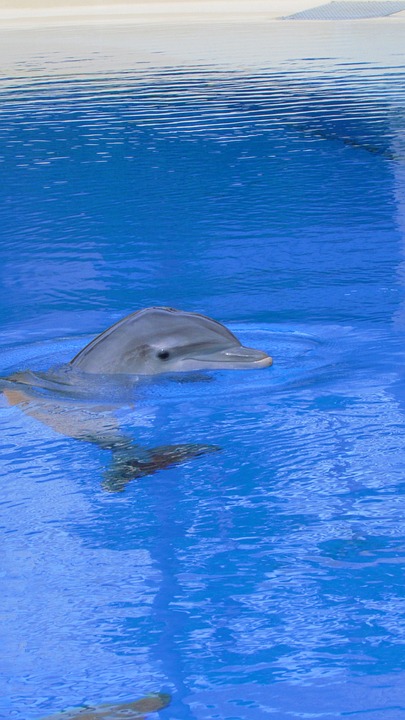Feeding your fish the right amount of food is crucial for their health and well-being. Both overfeeding and underfeeding can have negative consequences for your fish, including poor growth, water quality problems, and increased susceptibility to diseases. In this article, we will discuss the importance of proper feeding, how to avoid overfeeding and underfeeding, and address some frequently asked questions.
Proper feeding is important because it provides your fish with the necessary nutrients for growth, enhances their immune function, and brings out their vibrant colors. Overfeeding or underfeeding can disrupt this balance and lead to health issues. Here are some tips to help you avoid overfeeding your fish:
1. Follow the “Less is More” Approach: It’s better to slightly underfeed than to overfeed. Fish have small stomachs, and excess food can be left uneaten, leading to water quality issues.
2. Feed in Small Portions: Instead of one large feeding, divide your fish’s daily food into multiple small portions. This allows them to consume the food more efficiently and reduces the risk of overeating.
3. Observe Your Fish: Pay attention to how your fish eat. If there is leftover food after a few minutes, you’re likely overfeeding. Adjust the amount accordingly to avoid waste.
4. Use Appropriate Food: Choose high-quality fish food that suits the specific dietary needs of your fish species. Different fish have different nutritional requirements, so select food accordingly.
While overfeeding is a common mistake, underfeeding can be just as harmful to your fish. Consistently underfed fish may become malnourished, weak, and more susceptible to diseases. Here’s how you can prevent underfeeding:
1. Research Your Fish’s Dietary Needs: Different fish species have varying feeding requirements. Learn about the specific nutritional needs of your fish and provide them with a balanced diet.
2. Establish a Feeding Schedule: Set a regular feeding schedule to ensure your fish receive adequate nutrition. Most fish require one to two small feedings per day, depending on their size and species.
3. Monitor Fish Behavior: Watch for signs of hunger or malnourishment in your fish. If they appear constantly hungry, lethargic, or their colors become dull, it may be a sign of underfeeding. Adjust the feeding amounts accordingly.
4. Offer Variety: Provide a diverse diet to prevent nutritional deficiencies. Incorporate a mix of pellets, flakes, frozen or live foods, suited to your fish’s preferences and needs.
Now, let’s address some frequently asked questions about fish feeding:
Q: How much should I feed my fish?
A: The feeding amount varies depending on the fish species. As a general guideline, offer an amount of food that your fish can consume within 2-3 minutes, once or twice a day.
Q: Can I rely on an automatic fish feeder?
A: While automatic feeders can be convenient, they may dispense excess food. It’s important to monitor your fish’s eating habits and adjust the feeding amount if necessary.
Q: How can I tell if I’m overfeeding?
A: Overfeeding signs include uneaten food accumulating at the bottom of the tank, cloudy water, fish becoming lethargic or bloated, and increased algae growth.
Q: Can fish survive without food for a few days?
A: Fish can survive without food for a few days to a couple of weeks, depending on their species and size. However, it’s best to establish a regular feeding routine for their overall health.
In conclusion, proper feeding is crucial for the health and well-being of your fish. By avoiding overfeeding and underfeeding, you can ensure they are healthy, happy, and thriving in their aquatic environment. Follow the guidelines mentioned in this article, and always monitor your fish’s behavior and adjust the feeding amounts accordingly.









